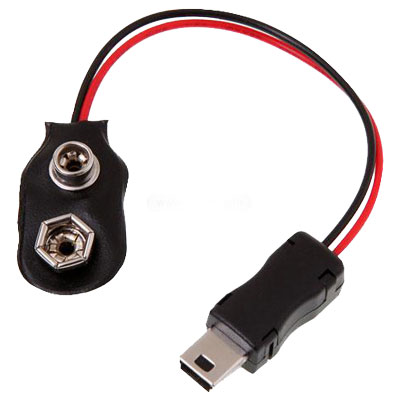

Xtc clip box Pc#
The inclusion of MIDI, though, does bestow another useful feature for both Mac and PC users, which is that the XTC's preamps can be remote controlled via MIDI commands that are generated from the input strips of RME's TotalMix software.
Xtc clip box driver#
Sadly, all Windows OSs lack native support for USB 2.0 class-compliant devices, so while RME offer a bespoke driver and program for Windows that allows firmware updates to be flashed into the XTC, there's no support for audio or MIDI over USB, and none is planned Windows recognises the XTC as an audio interface, but it's unavailable for WDM or ASIO operation, and neither RME nor I are aware of any third-party driver that provides a remedy to this situation. Indeed, RME are actively promoting the XTC as a high-quality multi-channel interface for the iPad. This means that as well as being natively compatible with Macs, the XTC can be used with Apple's Camera Connection Kit to pass up to 24 audio channels, along with MIDI, to and from multi-channel audio recording apps in iOS systems. The USB 2.0 port is included primarily to make firmware updates easy, rather than to turn the device into a full audio interface (RME already make several of those), but as the interface is fully class-compliant, MIDI and audio can be passed to other class-compliant devices. The XTC's rear panel also includes a pair of five-pin DIN sockets, which allow MIDI data, including SysEx, to be transported via the MADI and USB ports. A comprehensive internal routing matrix allows any preamp output or digital input to be auditioned, as well as patched freely to any other digital output, providing extremely flexible signal routing and format conversion. On-board monitoring is via two separate headphone amplifiers, with fully independent source selection. These cater for AES3, ADAT, MADI and USB formats, and sample rates up to 192kHz. Unlike other OctaMic models, the XTC doesn't provide balanced analogue line outputs for each preamp, only digital outputs. The first four of the unit's eight high-quality, digitally controlled mic preamps are also usable as line inputs, and the last four as instrument inputs. Instead, all of its parameters are adjusted with the aid of a bright, colour LCD, where menus and options are accessed very easily using two encoder knobs. This latest variation shares the blue front panel of its siblings, but possesses far fewer physical controls. The latest addition to RME's OctaMic range of multi-channel preamps is designed to interface with digital recording systems of all stripes.īuilding on the success of their OctaMic II and OctaMic D preamp/converters, RME have introduced a new model called the OctaMic XTC.


 0 kommentar(er)
0 kommentar(er)
